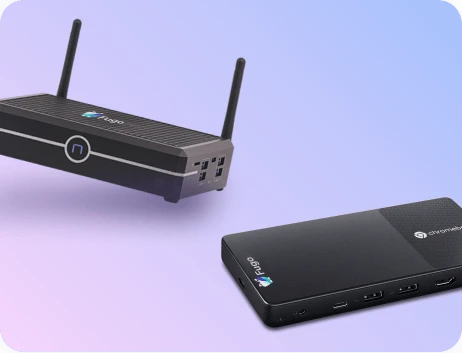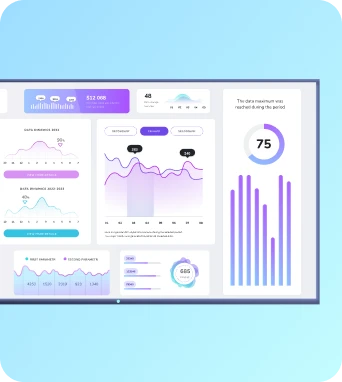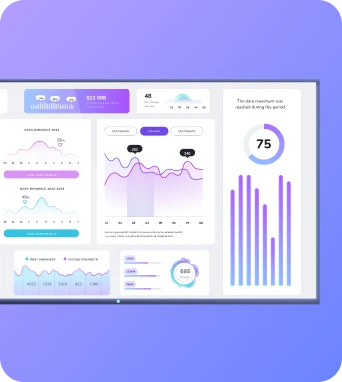Digital Signage Wiki/Adaptive streaming
3 min read
Apr 24, 2025
Adaptive streaming
Adaptive streaming is a method used in digital signage to deliver video content by dynamically adjusting the quality of the stream based on the viewer's network conditions.
What is Adaptive streaming?
Adaptive streaming is a pivotal technology in the realm of digital signage, allowing for the seamless delivery of video content across varying network conditions. By dynamically adjusting the quality of the video stream, adaptive streaming ensures that viewers experience the best possible quality without interruptions. This technology is crucial for maintaining viewer engagement and delivering consistent content, regardless of bandwidth fluctuations.
How Adaptive Streaming Works
Adaptive streaming operates by utilizing a technique known as HTTP Live Streaming (HLS) or Dynamic Adaptive Streaming over HTTP (DASH). These protocols break down video content into small segments, each encoded at different quality levels. When a viewer accesses the content, the streaming server assesses the current network conditions and selects the appropriate quality segment to deliver. This process is continuous, with the server constantly monitoring network performance and switching between different quality levels as needed. This ensures that the viewer receives the highest possible quality without buffering or interruptions. The adaptability of this streaming method is particularly beneficial in environments where network conditions are unpredictable, such as public spaces or mobile networks. By optimizing the delivery of content, adaptive streaming enhances the viewer's experience and ensures that digital signage remains effective and engaging.
Implementing Adaptive Streaming in Digital Signage
Implementing adaptive streaming in digital signage involves integrating compatible software and hardware that support HLS or DASH protocols. The first step is to ensure that the digital signage platform can handle adaptive bitrate streaming, which may require updates or specific configurations. Content creators must encode their video files at multiple quality levels to facilitate seamless switching. The digital signage player, which is the device that displays the content, must be capable of interpreting the adaptive streaming protocols and adjusting the stream quality in real-time. This implementation allows digital signage networks to deliver content efficiently, even in locations with varying internet speeds. For businesses, this means that their messaging remains clear and uninterrupted, enhancing customer engagement and satisfaction. Adaptive streaming also reduces the load on network resources, as it only uses the bandwidth necessary for the current conditions, making it a cost-effective solution for large-scale digital signage deployments.
Conclusion on Adaptive Streaming
Adaptive streaming is a transformative technology that optimizes video delivery in digital signage, ensuring high-quality content regardless of network conditions. By implementing adaptive streaming, businesses can enhance viewer engagement and maintain consistent messaging. Learn more about Adaptive streaming – schedule a demo at https://calendly.com/fugo/fugo-digital-signage-software-demo or visit https://www.fugo.ai/.
Keep the learning going...
Adaptive brightness
Adaptive brightness in digital signage refers to the automatic adjustment of a display's brightness levels based on ambient lighting conditions, enhancing visibility and energy efficiency.
4 min read
Apr 24, 2025
Adaptive content rendering
Adaptive content rendering refers to the dynamic adjustment of digital signage content based on various contextual factors such as audience demographics, location, and time, ensuring optimal engagement and relevance.
4 min read
Apr 24, 2025
Advanced signage analytics
Advanced signage analytics refers to the sophisticated methods and technologies used to gather, analyze, and interpret data from digital signage systems to enhance audience engagement and optimize content delivery.
3 min read
Apr 24, 2025



